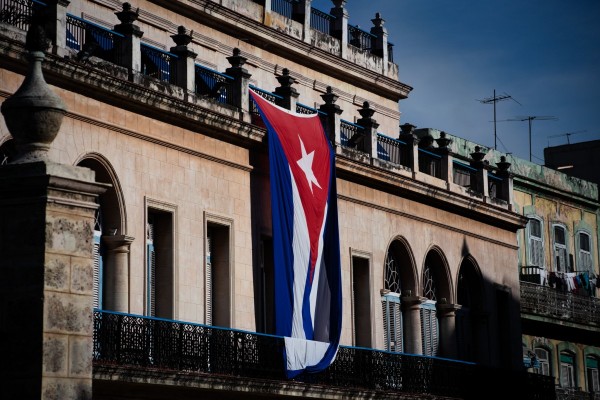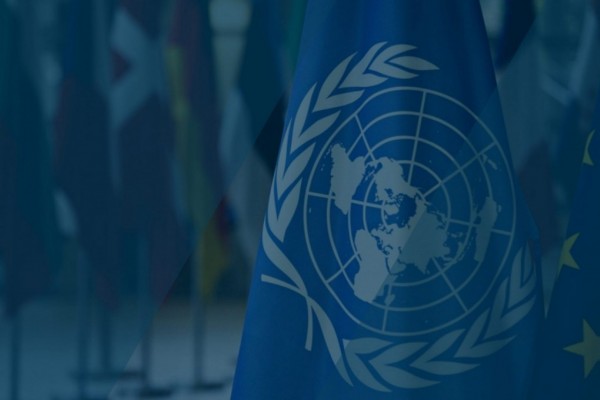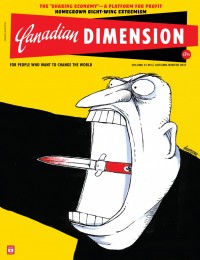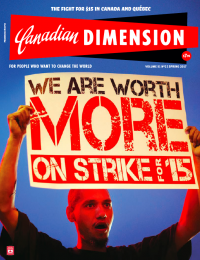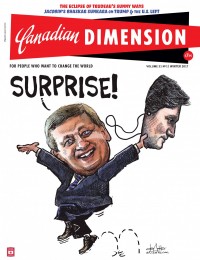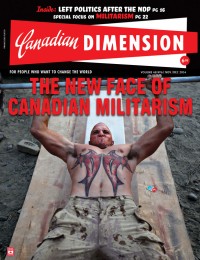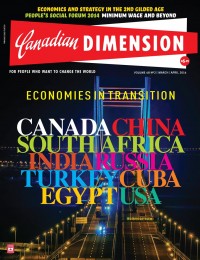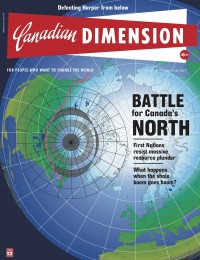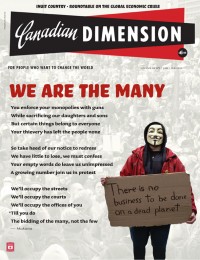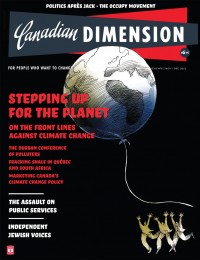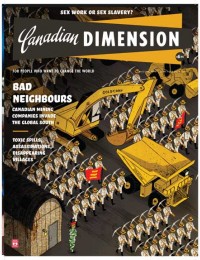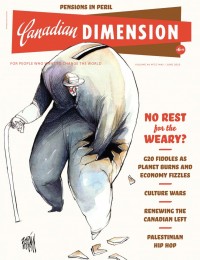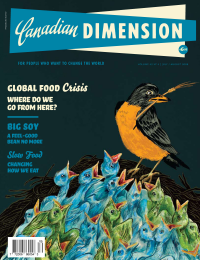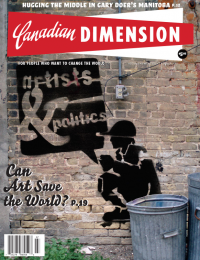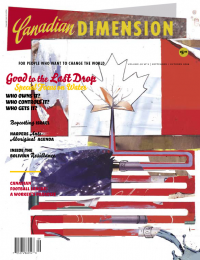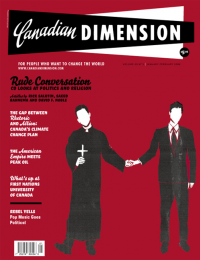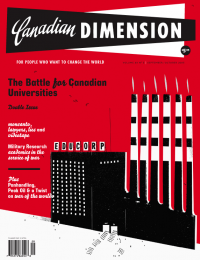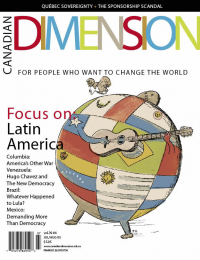Canada does not need more warplanes
There are numerous reasons Canada should not spend $19 billion on a fleet of warplanes, starting with the colossal cost

An F-35 Lightning II employs a Guided Bomb Unit-12 (GBU-12) Paveway II laser-guided weapon from the internal weapons bay against a fixed ground tank test target at a test range at Edwards Air Force Base, California. Photo by Darin Russell/Lockheed Martin/Flickr.
Momentum is building against the Trudeau government’s planned purchase of 88 new fighter jets with more than twenty rallies planned across the country on Friday, October 2. This is the second national day of action against the Liberal’s planned fighter jet purchase in just the last two months.
In support of this campaign, the Canadian Foreign Policy Institute, World Beyond War and Peace Quest are organizing an upcoming webinar on “Challenging Canada’s $19 Billion Warplane Purchase.”
There are numerous reasons Canada should not spend $19 billion on a fleet of warplanes, starting with the colossal cost. In what would be the second most expensive government procurement program ever, these funds could pay for light rail infrastructure in many cities, tens of thousands of units of social housing, and guarantee healthy drinking water on every Indigenous reserve.
$19 billion is a massive sum—and that’s just the sticker price. Depending on the plane selected, the lifecycle cost of purchasing these jets will actually cost two or three times that amount. In 2013, for instance, the Department of National Defence estimated the full cost of procuring and operating a fleet of F-35s (manufactured by Lockheed Martin) would ultimately total US$45 billion over 30 years. Other estimates are higher.
It is important to remember that the Trudeau government previously promised to cancel the F-35 procurement. The Liberals, however, appear to be laying the groundwork to purchase the jets (the others in the running are the Boeing Super Hornet and the Saab JAS 39 Gripen). In May, Trudeau spent another US$70 million just to stay in the F-35 bidding process.
There are even larger concerns than flushing enormous sums of public money down the toilet. The grim truth is that fighter jets are incredibly fuel intensive, contributing to the worsening climate crisis. As fires ravage California, floods devastate the Sahel region of Africa, and the concentration of carbon dioxide in the atmosphere hits a record 414.38 parts per million, we are in a climate emergency and on the brink of ecological catastrophe.
War machines are carbon-intensive and fundamentally at odds with Canada’s commitment to reach net zero by 2050. During the six months of bombing that took place over Libya in 2011, for instance, the Royal Canadian Air Force disclosed that its six jets burned 14.5 million pounds of fuel. Adding to this, the climatic impact of flying exacerbates the carbon dioxide emitted since the release point of the carbon enhances its warming impacts.
Another issue is that fighter jets are unnecessary for any reasonable definition of Canadian national security. As former Deputy Minister of National Defence Charles Nixon argued when the procurement process began, there are no credible threats requiring Canada to have new “Gen-5” fighter jets. He pointed out they would be largely useless in dealing with an attack like 9/11, responding to natural disasters, providing international humanitarian relief or in peacekeeping operations, let alone overcoming a global pandemic.
The real role of these war machines is to enhance the Air Force’s interoperability with the United States military and NATO.
Over the past thirty years Canadian fighter jets have aided US-led bombings in Iraq (1991), Serbia (1999), Libya (2011) and Syria/Iraq (2014-2016). The 78-day bombing of the former Yugoslavia violated international law, taking place without United Nations Security Council nor Serbian government approval. The same is true about the more recent bombing in Syria. In 2011, the Security Council approved a no-fly zone to protect Libyan civilians, but the NATO bombing went beyond the limits of UN authorization.
This was also the case during the Iraq War in the early 1990s. There, Canadian fighter jets engaged in the so-called “Bubiyan Turkey Shoot” that destroyed the Iraqi Navy. During the same conflict, coalition bombing levelled much of Iraq’s civilian infrastructure. More than 20,000 Iraqi troops and thousands of civilians were killed.
In Serbia, hundreds perished during NATO’s 1999 bombing and hundreds of thousands were displaced. NATO bombings also killed many animals, while the deliberate destruction of “industrial sites and infrastructure caused dangerous substances to pollute the air, water and soil.”
In Libya, NATO fighter jets severely damaged the Great Manmade River aquifer system, the source of 70 percent of the country’s water. The alliance also dropped 20,000 bombs on nearly 6,000 targets during six months of war. NATO’s bombing ultimately destabilized Libya and the violence this caused quickly spilled southward to Mali and across much of the Sahel.
Spending $19 billion on advanced fighter jets make little sense outside of a plan for Canada to fight in future US and NATO wars. This type of “security” thinking undermines the sense of internationalism required to overcome pressing global matters such as the COVID-19 pandemic and the climate crisis.
Since Canada’s second consecutive defeat for a seat on the United Nations Security Council, there has been a push for a review of Canadian foreign policy. More than 50 organizations and many prominent individuals have signed the Canadian Foreign Policy Institute’s call for a fundamental reassessment of Canadian foreign policy.
There has not been a public review of our foreign policy in over 15 years. Until this takes place, the government should not spend $19 billion on carbon-intensive warplanes. Now is simply not the time.

Bianca Mugyenyi is an author, activist and director of the Canadian Foreign Policy Institute. She is based in Montréal.






